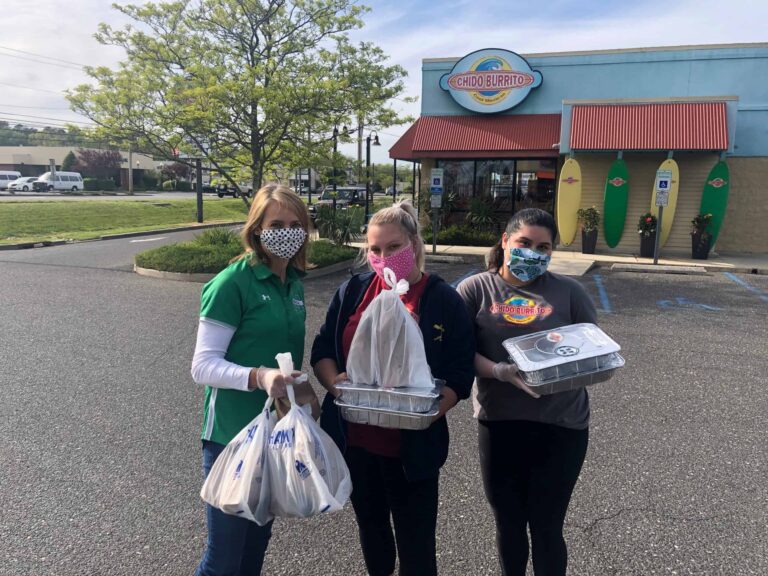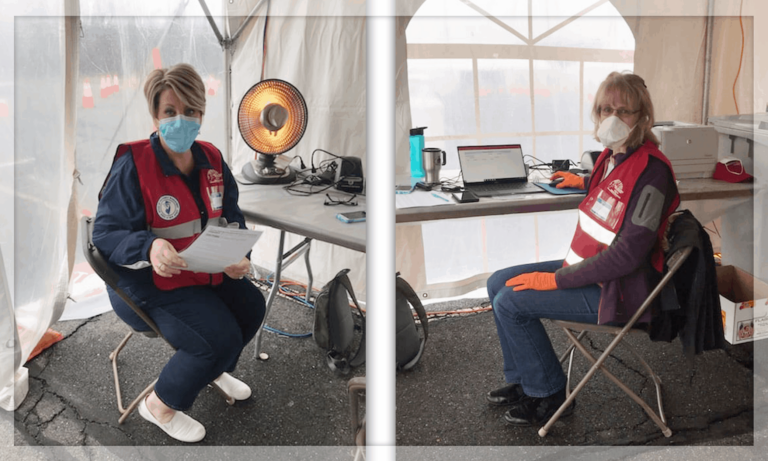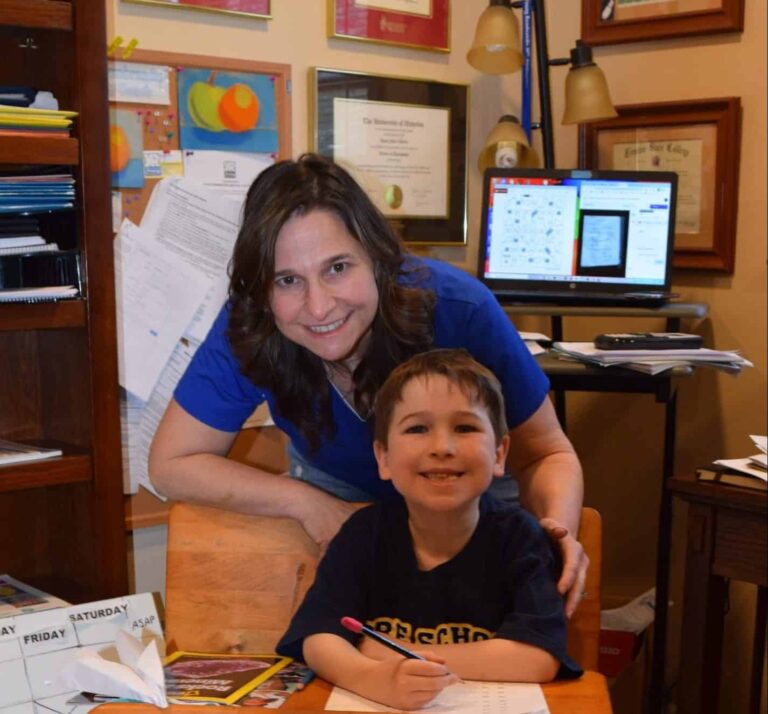By Michael Dunlea, Tabernacle Elementary School
We made it to day 116 out of 180 when we started the year all over again. We received an email on Friday the 13th notifying us that we would not be returning to school until at least April 20th. With minimal notice, we scrambled to prepare for the unprecedented situation of COVID-19 closing schools around the world indefinitely. Just like that, the year seemed to start all over again on Monday, March 16th. Fear and uncertainty has been a daily element of our lives but in it all there is hope, inspiration and silver linings. Right now the internet is flooded with resources and tips to make the transition from brick and mortar to online for all ages of students. I’d like to share some of my first week strategies that may help others.
As an educator, I focus on empathy in the classroom, and I am striving to practice empathy as I transition my students to home-based learning. As a teacher, I am in a privileged position of not worrying about my next paycheck, medical insurance coverage, or working in a potentially unhealthy environment. Not all families – or school employees – are as fortunate.
Therefore, home-based learning may not be their first priority. This week has been spent discovering silver linings within this crisis. We need to focus on the positive. It is too easy to fall into fear and negativity when a pandemic shuts down the whole world. Students need reassurance right now that they are not alone, we are still a community, and they will continue to learn and grow.
- One to one– I texted each student and then followed up with a personal phone call where I spoke directly to students and parents to reassure them and share information. Answering questions or simply giving them the okay to take things slowly gave them much needed peace of mind.
- Slow Your Roll– My co-teacher and I planned a gradual roll out of lessons and assignments. This was, after all, a new beginning and like the start of school in September we needed to create space for assimilation. In our shared Google Doc we focused on reading, writing and math, leaving Social Studies and Science for next week. It literally said “slow your roll parents” under those subjects. We agreed tests should not be given until everyone has had a chance to acclimate to the new routines and settings.
- Virtual Classroom/Technology– We use Zoom in school to connect with classrooms around the world. Now we are using it to keep our classroom connected. Students are becoming expert Zoom users, learning how to mute/unmute themselves, raise/lower hands in the chat box, etc. We are using Flipgrid to capture student reading for fluency coaching, and Google Docs for sharing writing, as well as students completing and sharing independent passion projects. Our read-alouds are recorded and uploaded to Google Classroom.
- Flexibility– Recognizing that each family is contending with different challenges, we are making everything flexible. We record all live sessions so those who are not able to join live can view them later. Parents were told that the lessons are a framework designed to support and continue the progress of learning that was started in the first 116 days. Families need the flexibility to skip some of our plans to take a much needed deep breath or engage in alternate activities as a family.
- Connectedness– Zoom allows us to do whole group as well as small breakout groups where children can maintain their social and emotional learning and growth. We also keep one student after each session for individual conferencing with the student and parent to check in academically and emotionally. This has provided a powerful sense of continuity and connection. We meet twice daily: first a morning meeting, to review the day’s learning plan; and later for a wrap up and read aloud.
We will continue our connection to the world, as well. Educators in South Africa, Ireland, and Bangladesh that we have collaborated with plan to join our Zoom sessions. Our students will connect with students around the world who are also going through the shift to home learning.
In the end, what we all crave is feeling understood, knowing that we aren’t alone, and that we have individual power in these trying times. By using empathy to foster flexible, virtually connected learning, I have seen students take ownership and peer to peer learning/teaching is skyrocketing.
Michael Dunlea is an accomplished educator who was recently named a Top 50 Finalist for the Global Teacher Prize. He is a Global Learning Ambassador, was awarded the 2018 Presidential Award of Excellence in Mathematics & Science Teaching, a National Board Certified Teacher, and the 2012 NJ State Teacher of the Year Finalist.




